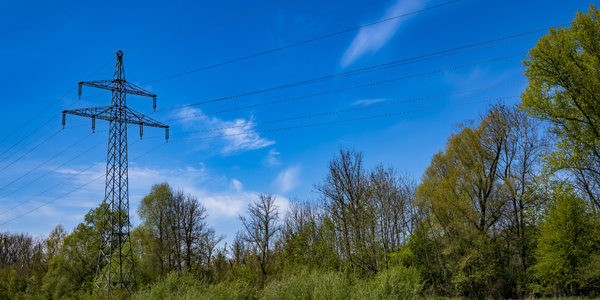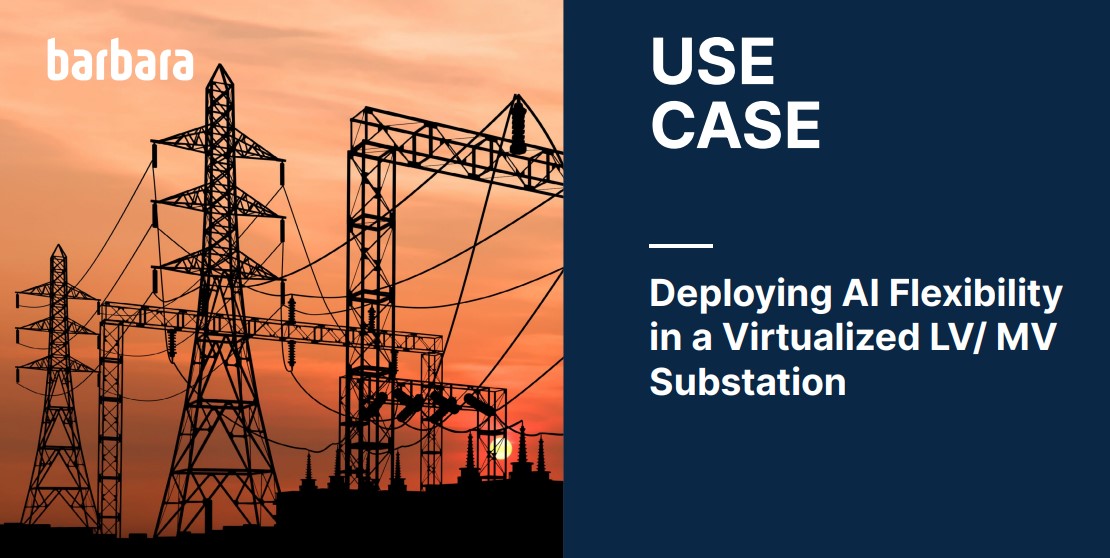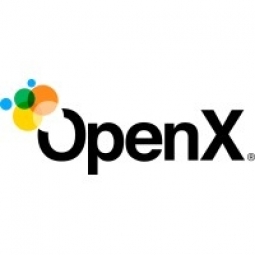下载PDF
Openx + Philadelphia Media Network
技术
- 平台即服务 (PaaS) - 连接平台
适用功能
- 销售与市场营销
用例
- 需求计划与预测
服务
- 系统集成
- 软件设计与工程服务
挑战
费城媒体网络 (Philadelphia Media Network) 旗下包括 Philly.com、普利策奖得主费城问询报和费城每日新闻,该公司正在寻找创新方式来将其数字平台货币化。他们采用的是一种老式的理念,将直销和程序化销售分开,这限制了他们的收入潜力。他们希望优化广告资源并最大化每次展示的收入,同时对广告资源进行战略性定价。他们还希望对直销进行基准测试并为销售人员提供更大的灵活性。
关于客户
本案例研究中的客户是费城媒体网络,其中包括Philly.com、费城问询报和费城每日新闻。他们以成为数字未来的技术领导者和创新者而自豪。他们致力于寻找渐进的方式来利用他们的数字平台获利,并正在寻找可以帮助他们最大化广告收入的解决方案。他们还希望更好地了解其广告资源的真正价值。
解决方案
Philadelphia Media Network 签约了 OpenX SSP 解决方案,随后实施了 OpenX Bidder。在看到这些解决方案取得成功后,他们希望进一步实现收入最大化。OpenX 建议利用 Bidder 在所有库存中进行竞争,包括通常为直销活动预留的展示次数。为了确保最佳设置,OpenX 聘请了一支专门的团队,包括收益分析师和解决方案架构师。为了缓解顾虑,OpenX 与 Philly 合作创建了一个受控的测试环境,专门针对他们的需求,包括密切监控销售率。这种设置对保证活动没有影响,使 Philly 能够对直销进行基准测试并为销售人员提供更大的灵活性。
运营影响
数量效益
相关案例.

Case Study
Gexa Energy and AutoGrid's Innovative Demand Response Programs in ERCOT
Gexa Energy, a leading retail electricity provider in Texas, was seeking to introduce new demand response programs for its commercial and industrial customers in the Electric Reliability Council of Texas (ERCOT) market. The challenge was to provide a platform that would allow these customers to lower their energy bills by adjusting their energy consumption during peak energy demand or high wholesale electricity prices. The solution needed to be intelligent, scalable, and offer both manual and automated options for adjusting energy consumption. The demand response programs needed to include Emergency Response Service (ERS), Real-Time Price Response (RTPR), and 4 Coincident Peak (4CP).

Case Study
ZettaNet's Agile Juniper Network Meets Booming Digital Demand in Australia
ZettaNet, a privately-held company based in Perth, Australia, was facing a significant challenge due to the exponential demand for enterprise network, data center, and cloud services in the region. The company's business growth necessitated an upgrade of their core network to meet the increasing bandwidth requirements of their customers. The customers, which primarily include managed service providers, were demanding 1 Gbps connectivity between locations. These service providers then deliver network, data center, cloud, and voice services to a diverse range of customers including local businesses, schools, hospitals, residential communities, and government offices in Western and Southern Australia. The challenge for ZettaNet was to meet this high-capacity network services demand while maintaining profitability.

Case Study
Edge AI: Deploying AI Flexibility in a Virtualized LV/ MV Substation
Cuerva a Spanish Grip Operator, was seeking to enhance grid knowledge through the implementation of the AI Energy Forecasting Model to obtain precise forecasts of user demand and energy generation.Cuerva’s grid encompasses over 16,000 diverse supply points, making cloud-based operations intricate and susceptible to issues such as connectivity loss, delays in information transmission, and reliance on centralized infrastructure, which can result in the loss of critical data.To tackle these challenges, the Edge technology has proven to be the sole alternative capable of addressing these issues effectively. It ensures real-time data access and operates in a decentralized manner, minimizing the impact of device failures on the overall functionality of the network.In this successful case, we illustrate how with Barbara DSOs can implement AI directly in substations to accurately predict the demand and production values of consumers linked to the transformation center where an Edge node run by Barbara has been deployed.
Case Study
MISA's Success in Achieving 50% Query Deflection Rate with Freshdesk
MISA, an online fashion retailer, faced a significant challenge in managing customer support and communication during the COVID-19 pandemic. The shift in consumer behavior towards online shopping led to an explosive growth in digital footfall, increasing MISA’s average number of orders from 30-50 a day to about 70-100 a day. This surge in orders resulted in higher support volumes, with customers frequently enquiring about their orders and delivery status. The team struggled to prioritize issues as their existing email systems ordered conversations based on the latest response rather than the urgency of the queries. Additionally, the shift to remote work due to the pandemic raised concerns about effective team collaboration and communication. MISA also faced the challenge of dealing with repetitive customer queries, which were time-consuming and redundant.
Case Study
Book Creator: Transforming Education through Digital Book Creation
Book Creator, a self-publishing tool, aimed to shift its focus towards serving the K-12 market and enhance student engagement by unlocking their creativity. The company wanted to provide a platform where students and teachers could collaboratively create and publish ebooks and learning materials. However, with a small team of 13, they faced the challenge of reaching millions of students and handling high-variability workloads. Additionally, they needed to comply with strict data access management requirements including GDPR in the European Union and FERPA/COPPA in the U.S. The company also wanted to rapidly develop new features while reducing the complexities of storing data and scaling access to it.
Case Study
MARS Incorporated: Leading a Global Digital Transformation
MARS Incorporated, a multinational manufacturer, faced significant challenges in digitizing and standardizing processes across its mid-markets globally. The company's reliance on legacy solutions necessitated continuous, time-consuming upgrades and made data compilation and comparison across different regions and business units difficult. Excel spreadsheets were extensively used for forecasting in smaller markets, leading to disconnected processes, siloed working environments, and increased risk of data inconsistencies and inaccuracies in demand forecasting. MARS also struggled with a lack of visibility across its midmarket footprint, scattered critical data across various systems and spreadsheets, a low degree of automation, and insufficient statistical analytics for demand planning. The absence of a standard process for demand planning made it challenging to consolidate KPIs and gain a comprehensive view of demand trends and supply chain performance.





